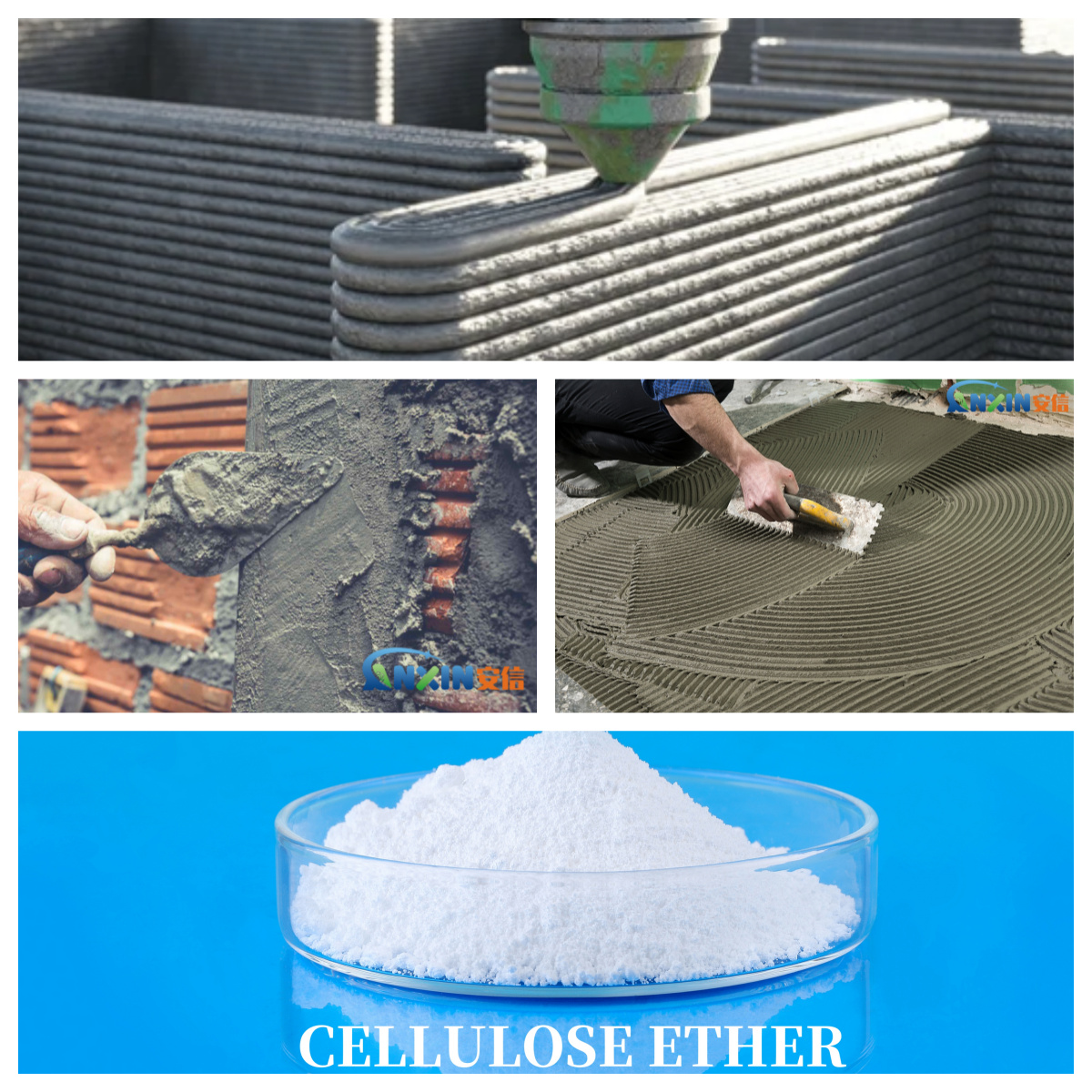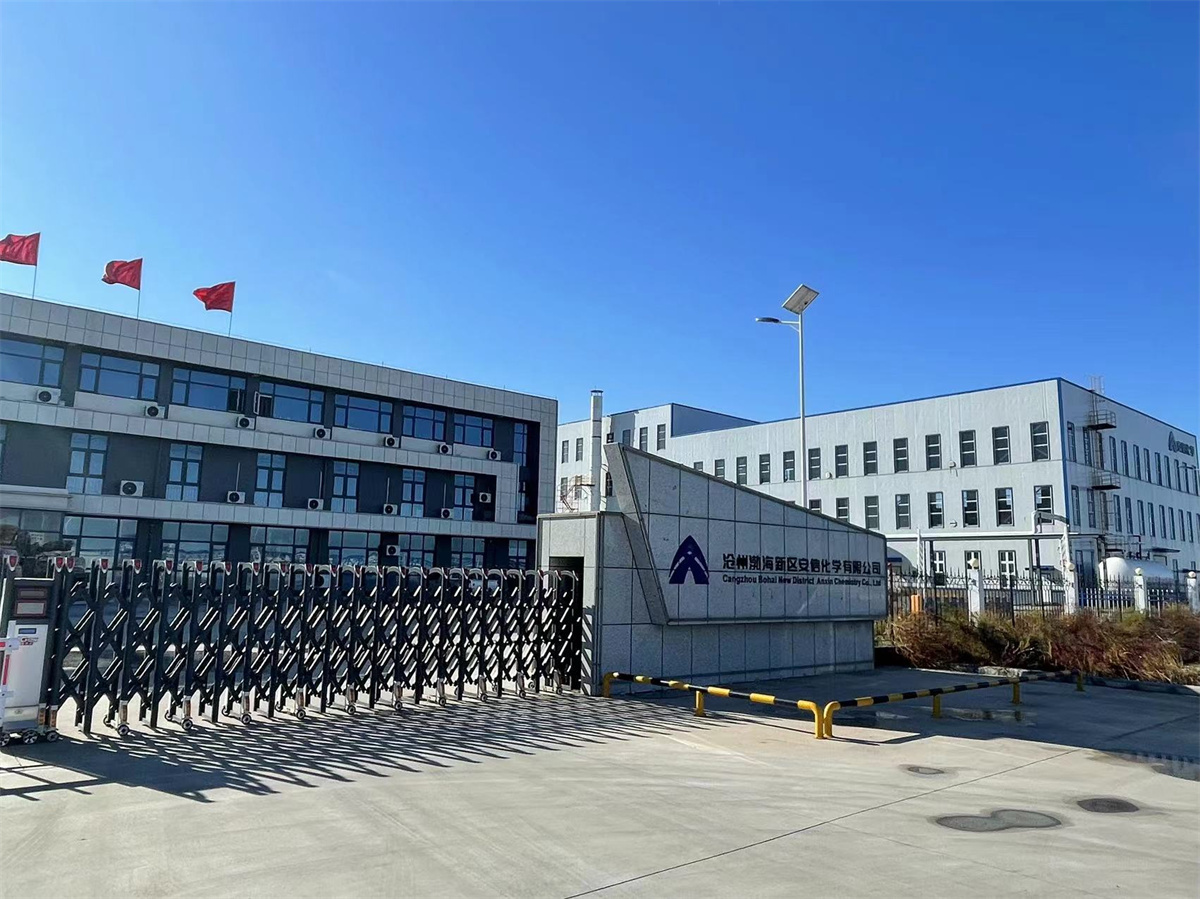The application of cellulose ethers in masonry and plastering mortar is an important development in modern building materials technology. It can not only improve the construction performance and bonding performance of mortar, but also improve its water retention, workability and anti-sagging properties, thereby greatly improving construction efficiency and building quality.
1. Definition and types of cellulose ethers
Cellulose ethers are a class of non-ionic or ionic polymer compounds formed by chemical modification of natural cellulose. It has good water solubility and film-forming properties and is often used in construction, medicine, food, daily chemicals and other fields. In building mortar, the commonly used cellulose ethers are mainly:
Hydroxypropyl methylcellulose (HPMC)
Methyl hydroxyethyl cellulose (MHEC)
HPMC is most widely used in masonry and plastering mortar due to its good water retention, high thermal stability and excellent construction performance.

2. The role of cellulose ether in masonry mortar
Masonry mortar is used to connect masonry materials such as bricks and stones. It requires the mortar to have good adhesion and water retention to prevent moisture from being quickly absorbed by bricks during construction, thereby affecting the bonding effect.
Improve water retention
Cellulose ether has good water retention capacity and can form a fine film in the mortar to lock in moisture and prevent moisture from being absorbed too quickly during the masonry process. This helps the cement to fully hydrate, thereby improving the strength and adhesion of the mortar.
Improve construction performance
After adding cellulose ether, the masonry mortar is more lubricated and smooth, with a good construction feel, and reduces quality problems such as hollowing and cracks.
Enhance bonding performance
Good water retention and thickening make the mortar easier to adhere to the surface of bricks and stones, not easy to fall off, and improve masonry efficiency.
3. The role of cellulose ether in plaster mortar
Plaster mortar is mainly used for leveling and decoration of building walls, and has higher requirements for construction performance and surface quality.
Control cement hydration rate
In plaster mortar, cellulose ether can delay water loss and make cement hydration more complete, thereby increasing strength and reducing shrinkage cracks.
Prevent sagging and improve facade construction performance
Due to the good thickening effect of cellulose ether, it can prevent the plaster mortar from sagging when it is constructed on the vertical surface, improving operability.
Improve workability
Cellulose ether makes plaster mortar easier to smooth and finish, improves construction efficiency and surface quality, and makes the surface smoother and more delicate.
Enhanced crack resistance
The improvement of water retention and flexibility helps to enhance the crack resistance of the plaster layer and reduce the risk of cracking and falling off.
4. Factors affecting the performance of cellulose ether
The performance of cellulose ether is closely related to its chemical structure, degree of substitution (DS), viscosity, particle size and other factors. Specifically:
Degree of substitution: affects its water solubility and dissolution rate. Generally, a degree of substitution between 1.4 and 1.9 is more suitable for construction purposes.
Viscosity: determines its thickening effect in mortar, and the commonly used viscosity range is 400~100,000 mPa·s.
Particle size: affects its dispersibility and dissolution rate. The smaller the particle size, the faster it dissolves.

5. Applicable dosage and precautions
In masonry and plastering mortar, the addition amount of cellulose ether is generally controlled at 0.1%~0.4% (based on the mass of cement or cementitious materials). When using, attention should be paid to:
Fully mix evenly to avoid agglomeration;
Pay attention to the dissolution temperature and time of cellulose ether;
The performance of cellulose ethers of different brands and viscosity grades is significantly different, and the best ratio needs to be determined through experiments.
As an additive with excellent performance, cellulose ether has greatly improved the comprehensive performance of masonry and plastering mortar, making construction more efficient and quality more reliable. With the development of green building materials, the demand for environmentally friendly and high-performance cellulose ethers will continue to grow. In practical applications, selecting the right type and model of cellulose ether and scientifically controlling its dosage are the key to ensuring that the mortar performance meets the standards.
Post time: May-09-2025